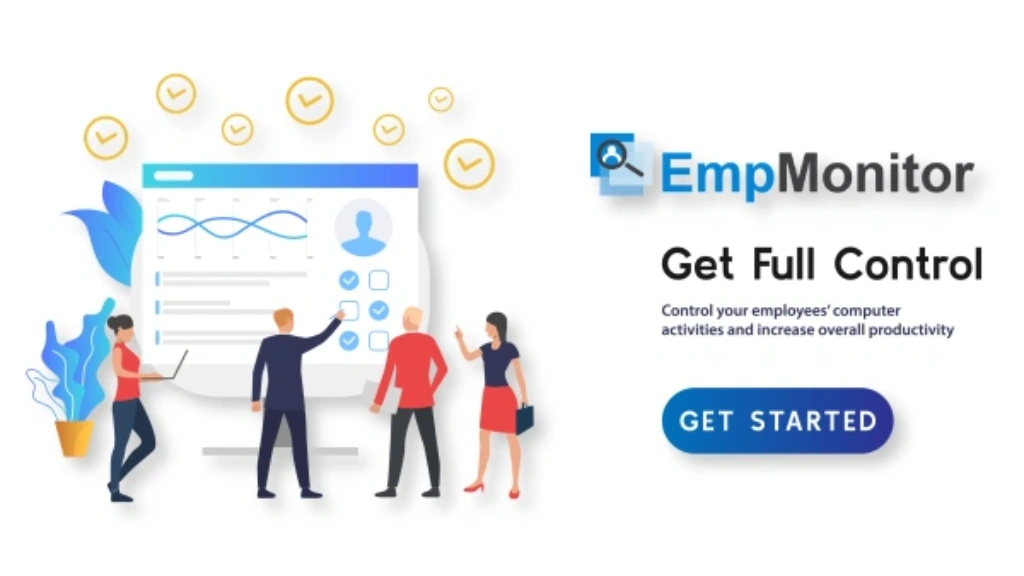In the busy world of retail, ensuring that the staff is functioning at its highest possible may be the big difference between thriving and simply surviving. Workforce optimization is more than a stylish expression; it's an essential way of handling your staff successfully, ensuring customer care, and driving sales. This informative article can explore the most effective practices for m workforce optimization in retail, giving useful methods and insights to assist you maximize the effectiveness and productivity of your retail team.
Knowledge Workforce Optimization
Workforce optimization involves proper preparing and administration of one's workers to improve effectiveness, wedding, and customer service. By aligning your workforce with the everyday requirements of your organization, you can make sure that the right amount of workers with the proper skills can be found at the proper time. This is necessary in retail, wherever customer traffic may differ significantly during the day, week, or season.

The Significance of Accurate Need Forecasting
Accurate need forecasting is the foundation of successful workforce optimization. By predicting client traffic patterns and revenue styles, you are able to routine your team appropriately. Utilize traditional information, market styles, and advanced analytics tools to generate exact forecasts. This assures that you have enough staff during peak hours and prevent overstaffing throughout quieter periods.
Utilizing Flexible Arrangement
Flexible arrangement is key to meeting the unpredictable needs of the retail environment. Use arrangement computer software which allows for mobility and real-time adjustments. This can help provide employees' supply and tastes, ultimately causing improved job pleasure and decreased turnover. Additionally, variable arrangement might help cover changes all through sudden active occasions or staff absences.
Purchasing Worker Training and Development
Well-trained workers are far more successful, productive, and effective at providing excellent customer service. Spend money on ongoing instruction and growth applications to enhance your team's skills and knowledge. Normal instruction sessions can cover new product lines, sales practices, customer support skills, and the usage of new technologies. A well-informed staff may conform to changes quickly and perform their obligations more effectively.
Utilizing Technology for Better Management
Leveraging engineering can significantly enhance workforce optimization. Use sophisticated scheduling and time-tracking application to improve administrative jobs and improve accuracy. Customer connection administration (CRM) programs can offer useful ideas in to client conduct, helping you predict active intervals and modify staffing levels accordingly. Moreover, cellular apps may facilitate communication between managers and employees, rendering it simpler to manage shifts and answer changes on the go.
Stimulating Employee Involvement
An engaged workforce is just a effective workforce. Foster a positive work environment wherever workers sense appreciated and motivated. Frequently find feedback from your own staff and involve them in decision-making processes. Recognize and prize their work and achievements to enhance well-being and encourage extended excellence.
Monitoring Efficiency Metrics
Regularly monitoring essential performance metrics is needed for workforce optimization. Track metrics such as for instance sales per worker, client satisfaction scores, and labor charges relative to sales. These ideas may allow you to recognize places for improvement and produce data-driven decisions to enhance your workforce.
Enhancing Client Knowledge
A well-optimized workforce immediately influences the customer experience. Make sure that you've enough team all through maximum times to reduce delay times and increase company quality. Teach your workers to be receptive, knowledgeable, and customer-focused. A confident client knowledge can lead to increased sales, replicate business, and positive word-of-mouth.
Managing Labor Costs and Productivity
Discovering the right balance between work expenses and productivity is essential for retail success. Prevent overstaffing, which can raise work costs without improving productivity, and understaffing, that may lead to burnout and poor client service. Use workforce optimization strategies to arrange staffing degrees with company wants, ensuring cost-effectiveness and high productivity.
Changing to Periodic Variations
Retail organizations frequently knowledge periodic modifications in client traffic and sales. Strategy ahead for maximum seasons by employing short-term team, providing overtime to active personnel, and changing schedules to generally meet improved demand. Equally, lower staffing levels during off-peak periods to manage job costs.

Developing a Collaborative Team Lifestyle
A collaborative staff tradition may enhance workforce optimization efforts. Inspire teamwork and start communication among your employees. Develop options for team-building activities and foster a feeling of camaraderie. A logical staff may come together more effectively, leading to increased efficiency and customer service.
Realization
Workforce optimization is really a critical component of retail success. By employing these best methods, you can ensure that your retail team is functioning at their highest possible, ultimately causing increased efficiency, increased customer care, and improved sales. Remember, the key to successful workforce optimization is based on exact demand forecasting, flexible scheduling, constant teaching, and the strategic utilization of technology. Purchase your workers and produce a positive work place to foster wedding and productivity. With the right techniques in place, you can enhance your workforce and obtain greater success in the competitive retail landscape.
